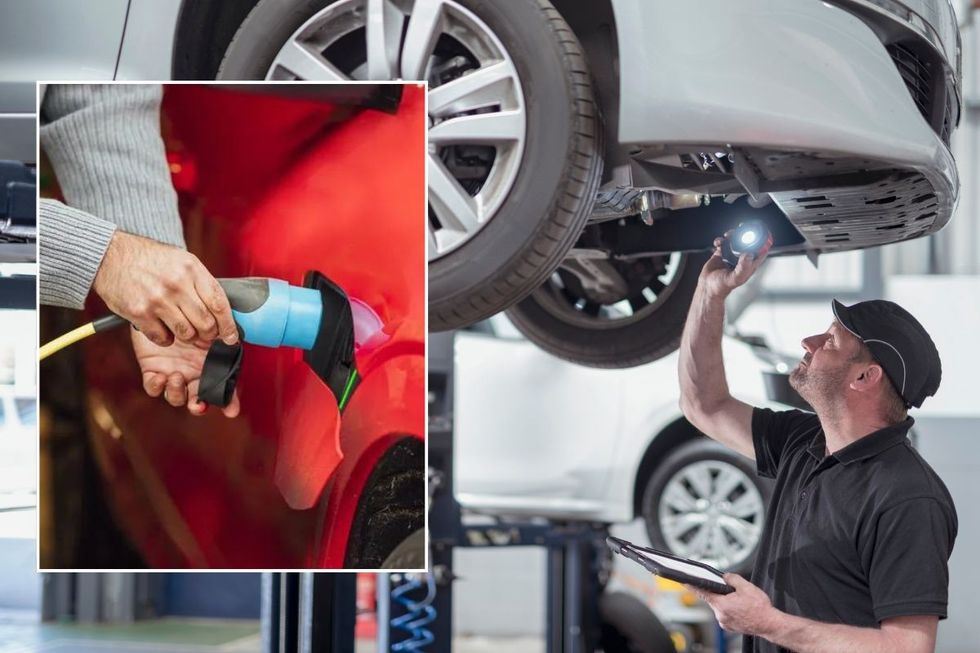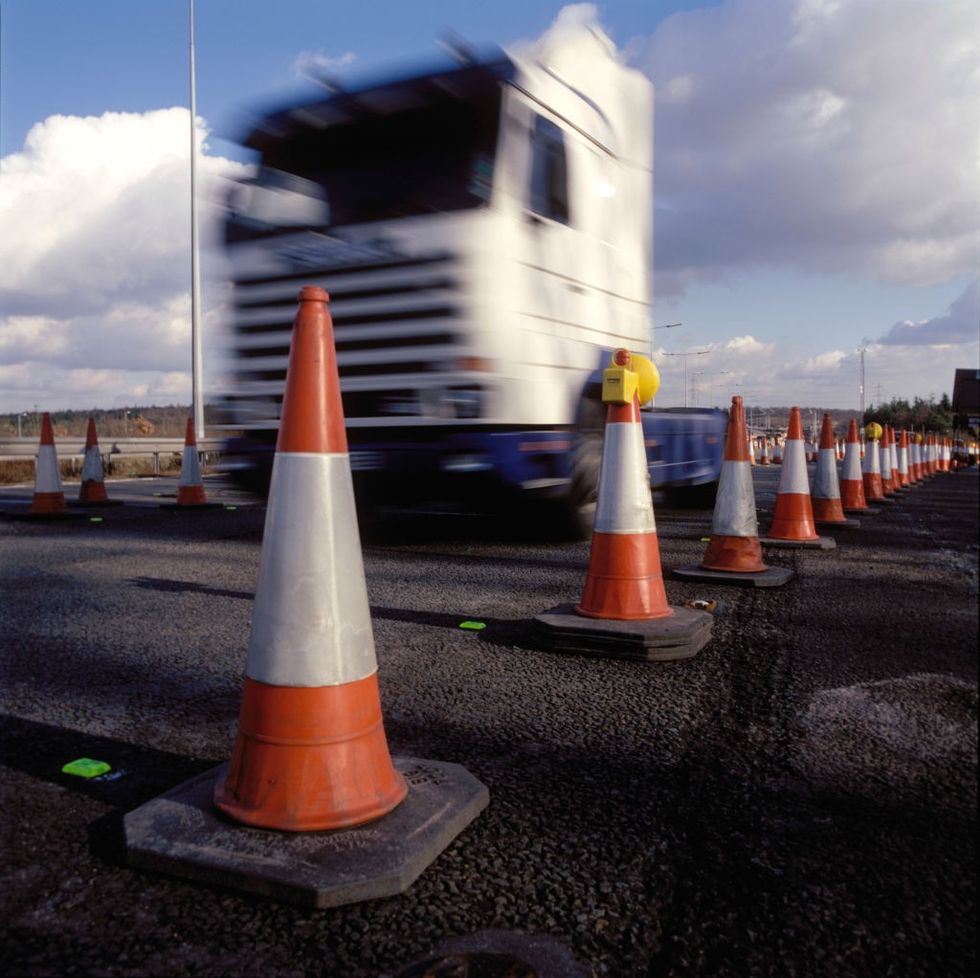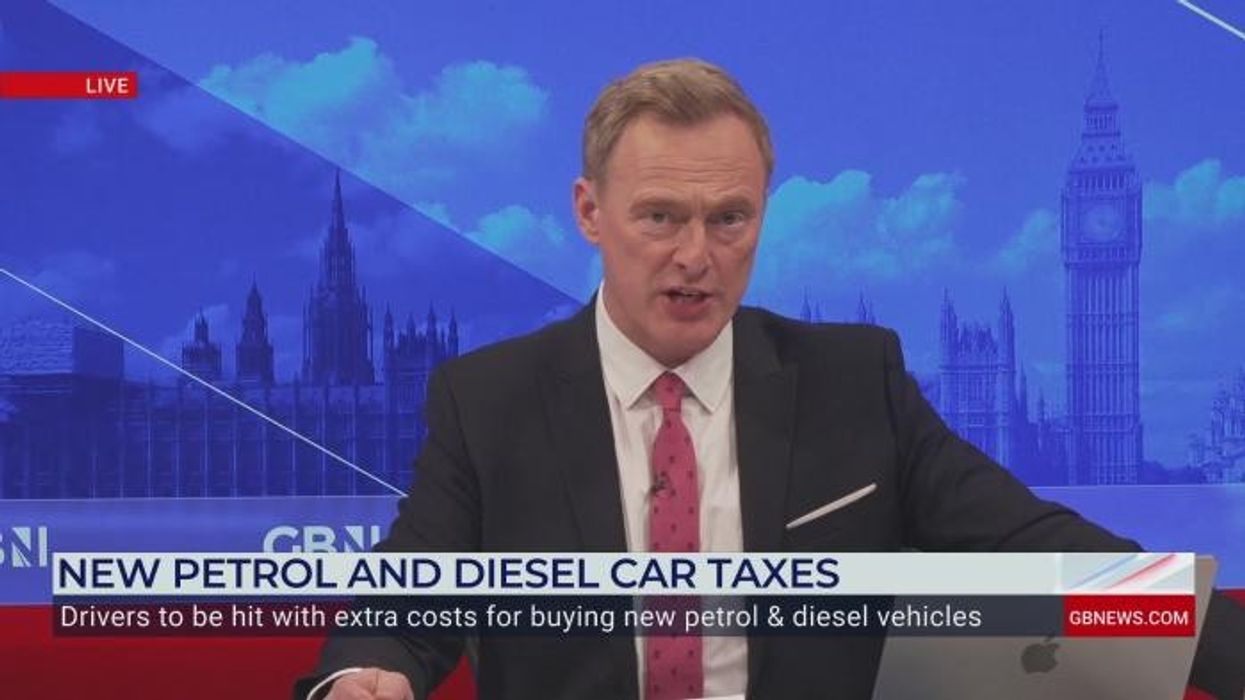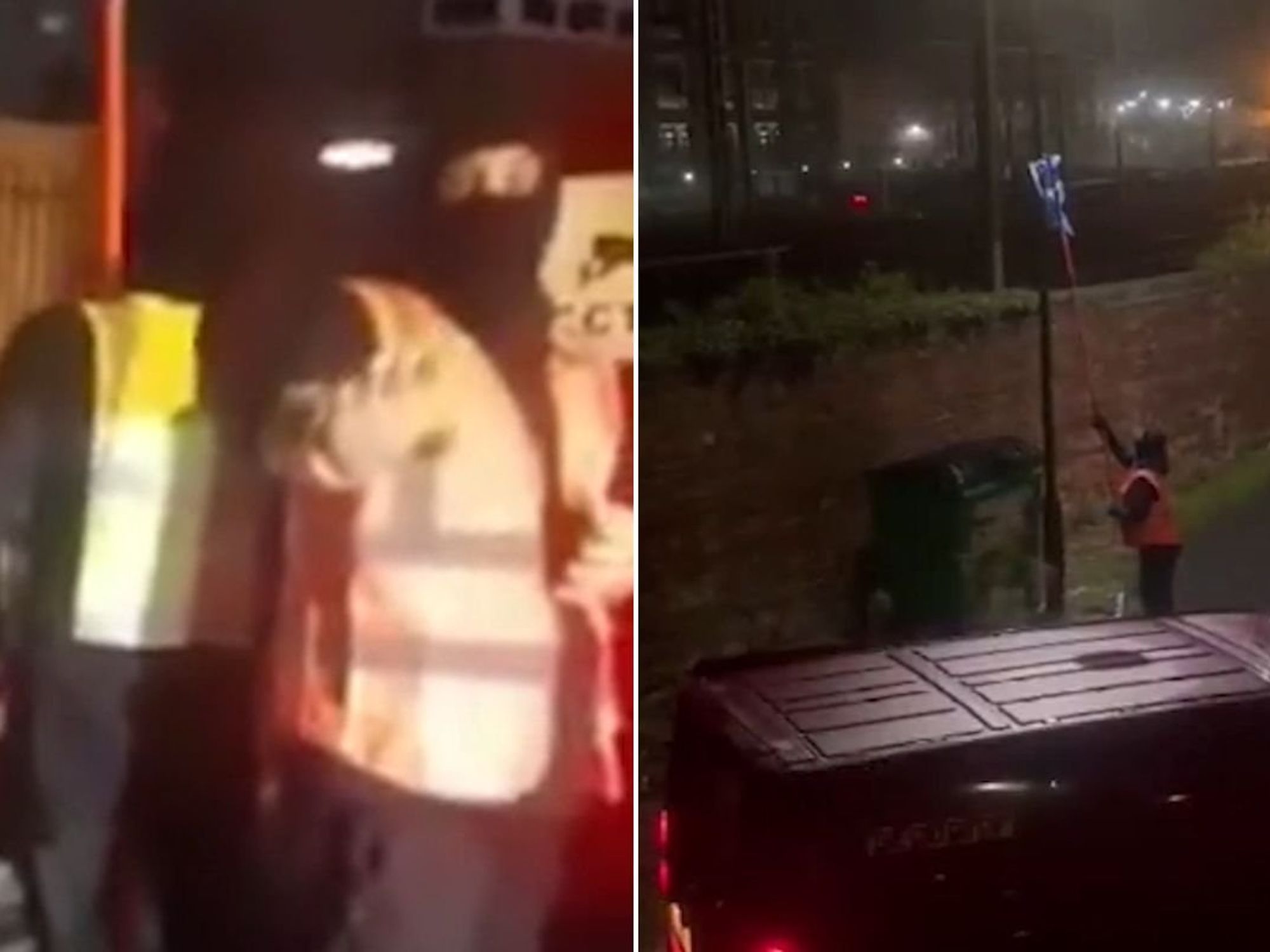MOT test changes would remove 'unnecessary barriers' for EVs amid growing support for new rules

Labour has been urged to fast-track results from the Zero Emission Van Consultation
Don't Miss
Most Read
Drivers are facing significant challenges as electric vans over 3.5 tonnes continue to be classified as HGVs due to the weight of their batteries battery weight.
The unique classification is creating operational burdens for businesses transitioning from petrol and diesel to electric fleets.
Despite industry calls for change, testing facilities remain limited, forcing operators to navigate complex regulations designed for much larger vehicles.
The issue is particularly problematic as the Government continues to encourage the adoption of zero-emission vehicles.
Do you have a story you'd like to share? Get in touch by emailing motoring@gbnews.uk

Fleet operators have called for measures to be introduced to aid the uptake of electric HGVs
|GETTY
A new Freedom of Information request by Venson Automotive Solutions has revealed that only two additional Authorised Testing Facilities for battery-electric vehicles over 3.5 tonnes have opened in the past nine months.
This comes despite ongoing industry calls for greater access to testing facilities.
The weight of batteries in electric vans often pushes them above the 3.5 tonnes threshold, classifying them as HGVs and putting pressure on existing ATFs to meet growing demand.
Operators of battery-electric vans face additional burdens compared to conventional internal combustion engine fleets.
These include first tests after just one year from registration rather than three years for class 4 or 7 vehicles.
Fleet managers must also contend with higher test fees and a smaller, more saturated network of testing facilities, which has reportedly resulted in increased vehicle downtime during testing and greater operational costs.
The situation is particularly challenging for operators managing mixed fleets of electric and ICE vans on different testing schedules.
The latest FOI response reports that all 565 ATFs and five DVSA Goods Vehicle Testing Stations can test electric vans weighing more than 3.5 tonnes.
However, design limitations at some sites may prevent certain vehicles from being tested. Specifically, inspection pit width and wheel track of the vehicle could create access issues.
Despite these potential challenges, the DVSA states it "has not had raised any issues of access difficulties".
Data from the FOI request shows that of 1,223 vehicles weighing between 3.5 and 4.25 tonnes tested between January 2022 and January 2025, just 5.5 per cent failed.
Lee O'Neill, Operations Director at Venson Automotive Solutions, said: "Government is encouraging UK fleets to transition to electric vehicles, yet the current MOT testing framework is creating unnecessary barriers.
LATEST DEVELOPMENTS:
- Motorists risk £4,600 fine and prison sentences for breaking DVSA rules - 'Road safety isn’t an option'
- Tesla owners report vandalism more than other drivers as Elon Musk blamed for protests and attacks
- Elderly drivers see car insurance prices skyrocket as 'slower reaction times' prompt road safety concerns

Experts have called for further guidance on electric HGVs
| GETTY"Fleet operators are facing longer vehicle downtime while waiting for tests, alongside higher testing fees, which is placing additional pressure on operations.
"We strongly urge Government to fast-track the results of its Zero Emission Van Consultation and consider a more pragmatic approach."











